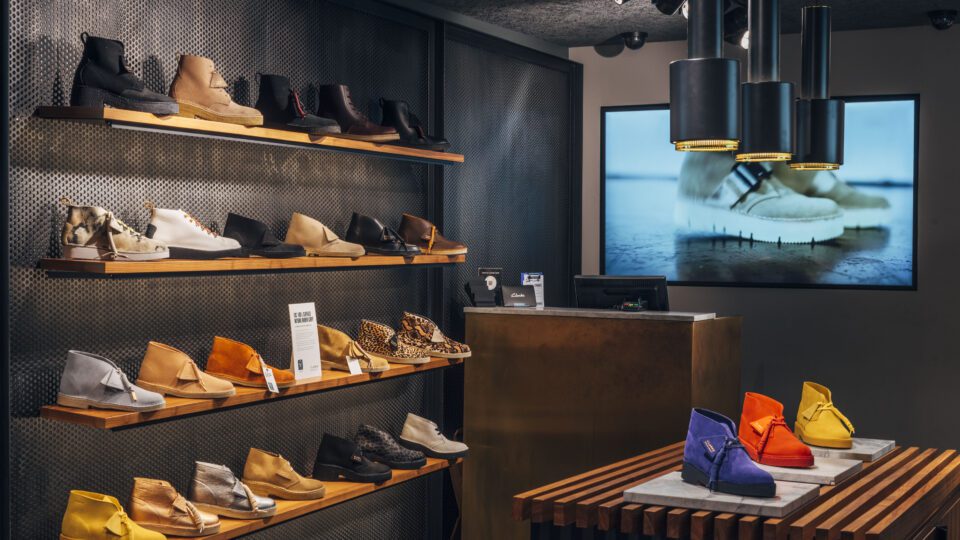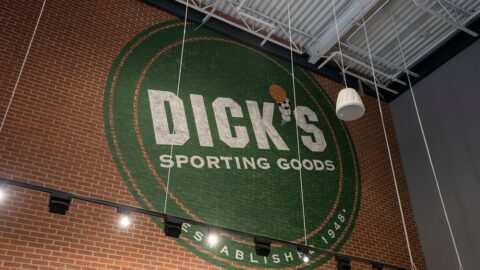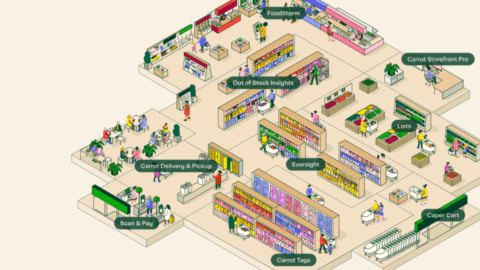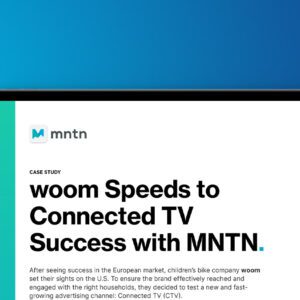While many retailers are updating their tech these days, few are 200 years old like Clarks. But a brand can’t make it in the 21st century with technology from the 19th, so in 2022, the British footwear brand undertook a massive digital transformation that encompassed everything from its ecommerce sites around the world to the point-of-sale (POS) systems in its 500+stores.

For a heritage brand like Clarks — which created the first foot-shaped shoe and has since graced the feet of everyone from Jamaican “rude boys” and British Mods to the Wu-Tang Clan and cult antihero Walter White — legacy matters, so a technological misstep was out of the question.
To implement its sweeping digital upgrade, Clarks brought in Meriel Neighbour as Head of Digital Product Delivery and Transformation. Neighbor has since moved on to a new project, but before she did, she took Retail TouchPoints behind the scenes of the year-long undertaking at Clarks to share how her team pulled it off, on time, and the lessons they learned along the way.
A Complete Digital Overhaul from Store to Website

When Neighbour joined Clarks in 2022, the company was running ecommerce on a monolithic system that would soon no longer be supported. Clarks decided to use the opportunity to shift to a MACH (microservices, API-first, cloud-native and headless) platform. The company then selected what Neighbour called “the suite of A’s” — add-on technologies to round out the ecommerce experience: Algolia for search and recommendations, Amplience for content and digital asset management, Akeneo for product information management (PIM) and Adyen for payment services. (Despite it ending up that way, the letter “A” was not a requirement.)
That was supposed to be the whole of Neighbour’s remit: roll out this new global ecommerce ecosystem across the 100+ markets where the company sells online. “A lot of the theory behind what we were doing, quite apart from the fact that [the current tech was no longer supported], was that the U.S. had operated in its silo, the UK in its silo, even the UK outlet in its silo, Europe in its silo,” recounted Neighbour in an interview with Retail TouchPoints. “We wanted to consolidate that and bring it back to a global solution, and then bring everything in-house from some third parties that we’ve traded through historically.”
That already quite large project was well underway when Neighbour encountered a curveball. A separate team at Clarks also was transitioning to a new POS and order management vendor, NewStore. “You can’t have an ecommerce platform without the order management side, so all of that came into my space,” said Neighbour. “I had to realign teams in terms of delivery, reshape everything and then just crack on.”
Crack on they did. Development on the POS and OMS pieces of the equation began in January 2023 and were live in the first U.S. store by August, with the rest of the U.S., Canada and Puerto Rico following quickly. The first tranche of new ecommerce sites, which included Clarks’ largest market of the UK and Ireland, was then rolled out in September 2023, arriving just in time for Black Friday along with the new POS system in stores.
“We breathed a little bit over Christmas, had a bit of turkey, and then at the back end of January, we started on the full POS rollout, cash-and-carry-wise, across the UK, UK outlet, UK franchise and the whole of Europe,” said Neighbour. That was completed by the end of April, along with 40 more new ecommerce storefronts that went live over Easter weekend.
Differentiating on Experience, Online and in Stores

The entire infrastructure is now just a little over one year old, and Neighbour said it has completely changed the Clarks customer experience. “Lots of retailers talk about omnichannel,” she said. “What people usually mean by that is, you can buy it online and if you’re walking past a store, you can return it in store. But the store still has to send it back to the warehouse to be processed for you to get your refund, which might take three weeks.
“In a total omnichannel world, you can take it back to the store and get your refund there and then, because they can find you as a customer, they can find your order, they can check the product, and they can give you your refund,” Neighbour noted. “That’s part of that seamless journey that we can now offer our customers.”
And that’s not all. With this total ecosystem upgrade, Clarks also now:
- Accepts digital payment methods like Apple Pay and Google Pay, both online and in stores;
- Enables social login on its ecommerce site;
- Has a website that is aesthetically aligned with its stores;
- Empowers associates with mobile checkout capabilities so there’s no longer a need to “drag customers over to the cash wrap to checkout”;
- Allows employees to stay with customers while sizes and colors are brought from the back room through the NewStore Runner app solution; and
- Accepts and sells gift cards both online and in stores, which can then be used interchangeably in any digital or physical venue.
“It’s about growing that personal experience and really homing in on the personal interaction with people; that’s what will differentiate you,” said Neighbour. “I can go and get a pair of shoes in another store down the road, but the experience that I have in Clarks, in terms of the care they take with me, the questions they ask me about size and fit and color and what I’m going to use it for, and having that time to spend with a customer — which this whole new experience in the store has enabled — is great.”
And Neighbour said associates are loving the elevated experience as well. When she spoke to RTP, the all-important back-to-school shopping season had just wrapped up. “The feedback we heard from the team members in the stores has been phenomenal,” Neighbour said. “They said they wouldn’t have been able to get through [the back-to-school rush] if they hadn’t had the mobile devices. Being able to take the devices to the customers, wherever they are, was a big one.”
5 Tips for a Successful Digital Transformation
Not surprisingly, after such a large and multi-faceted project, Neighbour has some insights for other retailers looking to do the same:
1. Don’t underestimate the importance of change management.
Retailers moving through expansive tech upgrades often find that one of the biggest barriers to implementation is not the technology itself, but the people who will need to use it. For that reason, Neighbour noted that “you’ve got to take them on that journey right from the get-go. You need a business change function to take them through old tooling, new tooling, changes in the ways of working.”
To that end, Clarks installed a business change unit at the beginning of the project that included a team of people dedicated to ensuring that employees were included in and understood the upgrades and enhancements.
2. Prepare yourself to move fast with agile management.
Organizations not born and bred in the tech space can have a more linear approach to large projects, but to accomplish everything that needed to happen in the short amount of time available, Neighbour said she employed agile management principles. “Applying verticals in the main customer journey points and then having the horizontals, like business change, testing and architecture, over the top, enabled testing to be done in sprint at the same time as development, so you were always on a sort of continual loop,” she said. “We brought in agile coaches to help facilitate that, both for the business and in technology, and had we not done that I’d say we’d still be working on it even now.”
3. Tackle checkout first.
If you’re doing any upgrades involving payments or checkout, focus on those first, Neighbour advised, because “checkout is so complicated — adding in new payment methods, making gift cards completely omnichannel, regionalizing all your payment methods, tax nuances in America. Definitely build checkout first, because that could really scupper your end goal.”
4. Take the opportunity to simplify.
While a task this large can feel overwhelming, Neighbour said it also can be a chance to simplify: “Take the opportunity to break down some of the complexity you’ve added because you’ve got an old system, and you’ve put sticky plaster over sticky plaster over sticky plaster. Strip it back to still achieve the same end, but in a simpler way. Really question your architecture, and really question your integrations to make sure they work for you.”
5. Let people do their jobs.
Last but not least, hire good people and then let them get to work: “I thrive on having to spin 50 plates at the same time and know what’s going on, but you have to employ people who do the job,” said Neighbour. “What is the point of me employing somebody to do a job and then managing them with such minutiae that they can’t actually do it? That won’t achieve anything. Employ the people who are capable of doing the job, empower them to deliver on whatever their element is, but be there to ask questions of them, support them, make the decisions that they need and keep the morale going.”















